Growing & Foraging Passionflower & Maypops (+ ways to use them!)
Our native passionflower (Passiflora incarnata) is a plant with many uses: it produces edible fruit called maypops, the leaves and buds have gentle calming properties, and the beautiful flowers are adored by pollinators!

In fact, one specific butterfly, the Gulf Fritillary, relies on species of passionflower for its continued survival- it’s the only host plant for its young.
In this article, we’ll talk about how to grow or forage wild passionflower plants, plus some ways to harvest and use the flowers, leaves, and fruit.
Passionflower Basics
First though, let’s make sure you have the right plant in mind, since it’s sometimes confused with tropical passionfruit.
Wild passionflower, passiflora incarnata, is native to the Southeastern United States and produces green egg-shaped fruit. It’s hardy to around zone 6 and naturally grows up into Pennsylvania, down into Florida, and as far west as Texas.
If you don’t live in those areas it’s native to, you may be able to grow it at home by purchasing plants. (Strictly Medicinal is our go-to place for high quality organic plants.)
Tropical passionfruit (passiflora edulis) is related to wild passionflower, but is a native to South America and produces a tasty purple fruit. In his book, Making Plant Medicine, herbalist Richo Cech mentions you can use the leaves of p. edulis, but recommends sticking with the “official” passiflora incarnata (our wild native passionflower) for herbal purposes since it’s well tested and reliable.

Not all varieties of passionflower are edible or medicinal!
If you have a different kind of passionflower growing where you live, check with your local extension agent, plant nursery, or other area expert to help identify it. Do not use other types of passionflower to substitute for p. incarnata for herbal purposes, and don’t eat the fruit of an unknown variety.
Identification & Foraging Tips
Leaves
The green leaves of passiflora incarnata have three lobes and are arranged alternately along the vine, which climbs by tendrils.

Sometimes though, you’ll find leaves with five lobes.
The photo below shows leaves from the same plant – most are shaped with three lobes, but as you can see, some have five lobes.

Flowers
The large distinctive flowers have white to pale lavender petals and a central crown of wavy or crimped purple filaments. The pistil and 5 stamens in the center are greenish-yellow toned, with purplish speckling.
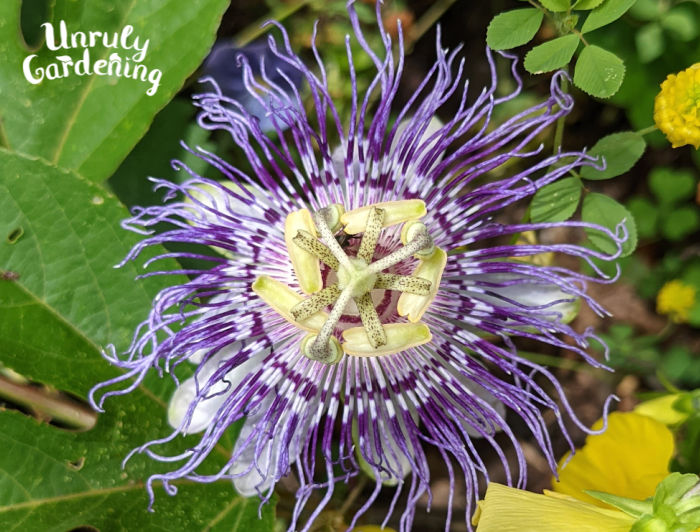
The flower buds, along with the leaves, are used medicinally – see below for directions on how to make a tincture, plus how to dry passionflower for teas.

Fruit (Maypops)
A happy passionflower vine produces absolute heaps of delicious fruit called maypops; green and egg-shaped, usually a bit larger than a duck egg. But when to harvest them? How do you know when your feast is ready for the picking?
There are two methods of determining ripeness and harvesting.

Harvesting Method #1: Wait for the fruit to drop
Maypops make it easy for you- most of the time, they pick themselves!
While not every one of the fruits will do this, passionflower often drops its fruits to the ground when they become ripe. The fruits, should you investigate them, will be softer to the touch, but not in the ‘peach’ way; more that if you gently press a thumb to their side, and then do the same to an unripe fruit still on the vine, there will be some give in the ripe fruit that isn’t present in the unripe one.
The ripe fruits also tend to have a bit more of a yellow tinge to them, but it’s subtle. Really, the best way to find out if the ground-lying fruits are ripe or not is simply to rip them open, and look at what’s inside!

The ripe fruit will have yellow flesh surrounding their seeds, which will be totally black, unlike the unripe white-fleshed fruit, which also has white seeds.
The fruit has a fragrant, tropical scent and flavor. Fruits gathered off the ground like this have a delicious tang to them.
Harvesting Method #2: Pick off the vines
As for the fruits that stubbornly insist on clinging to the vines? Well, you can try and do the same testing for the fruits above- look for a faint change in color, and a give under the press of your fingers- but if you want to make things easy on yourself, you can just leave the fruits to keep on ripening until they turn yellow!
This is the way we eat them in late fall, after the cold has killed off the leaves. The skins of the fruits turn yellow all over, and often begin to wither. If you tear one of these fruits open, you’ll find the flesh of the fruit inside to be a much darker yellow color, still with black seeds.
Fruits harvested this way tend to be very sweet with less tang.

Growing Tips
Passionflower is an easily established plant that doesn’t need much care once it gets its roots down somewhere it likes! While these plants are often found growing wild at field edges (usually trying to climb up trees), they really take off when planted in a spot with full sun, soils that trend more towards being a tad dryer than constantly moist, and something to climb.
Since passionflower is a climbing plant, it needs some kind of structure: while a trellis is the usual sort of gardening equipment you’d use here, you have other options! Try planting passionflower along your fences, or even up in your front flowerbed against a porch railing. They’ll grow into a lovely, thick green screen, absolutely teeming with blooms and buzzing with bumblebees all during summer and fall!
You can buy the live plants to start your passionflower patch (recommended for high success rate), or you can start your own from seed.
There’s any number of ways people start their passionflower seeds, from soaking in water for a week before planting in warm conditions, to soaking for a few days then nicking the hard outer seed-coat with something sharp first before sowing, to simply scattering the seeds in the fall and waiting to see if any come up in spring.
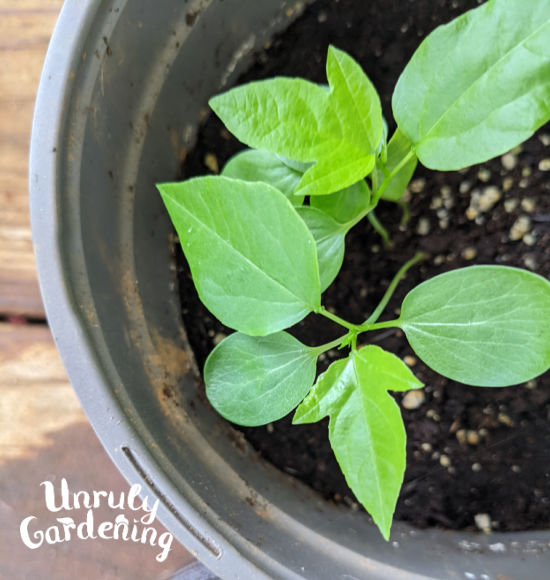
Here’s how we plant them from seed:
We collect ripe passionflower fruits (maypops) in the late fall while they’re still in good shape. They should be soft and ripe, but not cracked. Place the fruits in the back of the fridge and leave them there for several months, over the winter.
Around March, we pull the fruits out, open them up, and scoop out the seeds. We then plant a few of the seeds, with the fruit flesh still clinging to them, directly into pots filled with potting soil, then leave these pots out on our porch. Keep the soil watered as needed – not too often, but don’t them dry out either!
When the weather warms enough, you’ll start seeing passionflower sprouts appear in the pots!

How to Dry Passionflower
Collect passionflower leaves and flowers on a dry day. (Gather mostly leaves, so the flowers can be saved for pollinators and fruit harvest later in the year.) It’s also fine to use green parts of the vine, as long as they aren’t woody.
Lay everything out in a single layer on a drying screen, paper towels, or a dish towel. Allow to air dry for several days, flipping the pieces over a few times during the drying process.
Once fully dry, gently break or crumble into smaller pieces as needed and store in a brown paper bag or glass jar, out of heat and sunlight. Don’t grind or crumble the dried herbs too finely until you’re ready to use them, so that you preserve as much of the freshness as possible.
Use dried passionflower in teas or to make tincture. You could also experiment with infusing it in oil for salves and creams.
Passionflower Tea Recipe
This simple tea is easy to make and adjust to taste. You’ll need:
- 1 tbsp dried crumbled passionflower
- abt 1 cup simmering water
- optional – honey to taste
To make, place the dried herb in a heatproof mug or cup, pour in the hot water, then cover with a saucer. Let steep for 5 to 10 minutes, or to taste. Drink up to two or three cups a day; it’s especially helpful to drink in the evening since it encourages restfulness. Passionflower also does well combined with an equal amount of lemon balm for its flavor and added calming properties.
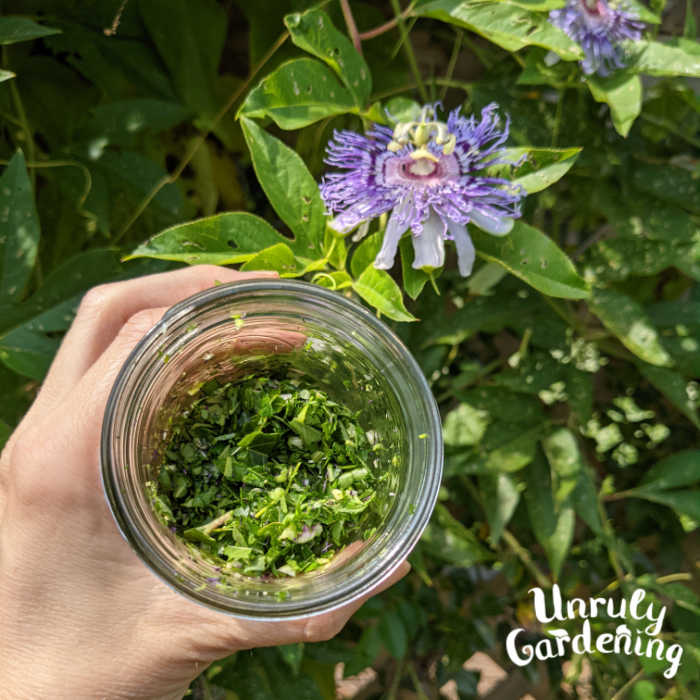
Making Passionflower Tincture
Passionflower helps ease anxiety, calms stress, and relaxes your body and brain, making for a more restful sleep-time. Passionflower may also be helpful for PMS, and for tension headaches.
To make passionflower tincture:
Gather fresh leaves and flower buds; it’s okay to use green vine parts too. Chop everything up very finely – you may wish to use a mini food processor. Fill a half-pint or pint jar halfway with chopped herb and cover with twice as much high proof vodka (such as Everclear 151 proof), or until the jar is filled. Cap and infuse for about 4 weeks, shaking daily or as often as you remember to. After this time, strain, bottle, label. Tinctures keep for at least a year or two.
If you want to make tincture from dried passionflower, follow the same procedure, using 1 part chopped dried herb to 5 parts lower proof alcohol, such as 80 proof vodka. (Lower proof alcohol has more water content, which is most helpful for extracting dried herbs.)
Use anywhere from a few drops (a good starting point), up to two dropperfuls per day. We mix most tinctures with a spoonful of raw honey to make them more palatable, or you may wish to take them straight. You can also add a tincture to your favorite beverage or tea.

Passionflower Doll
This project is fun for kids, and those who are young at heart!
To make a passionflower doll:
Collect a fully open flower for the dress, plus a flower bud for the head. Press a toothpick into the head (flower bud), then run it through the middle of an open flower to attach the two pieces together, as shown in the photo above. Draw a happy face with a pen to create a twirly doll ready for imaginative play!
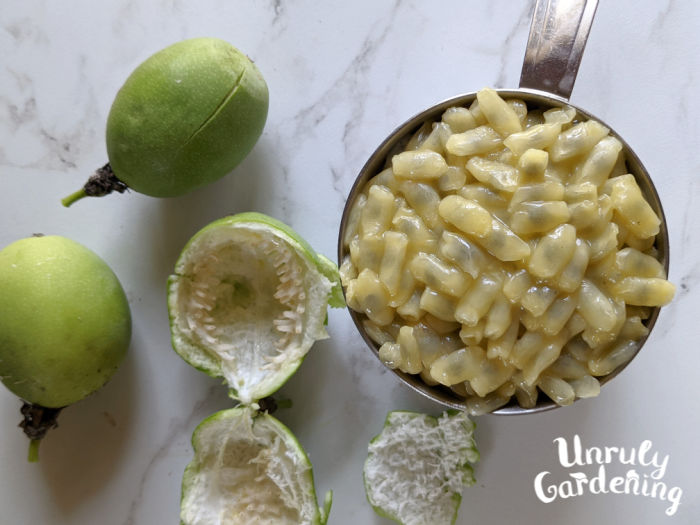
Using & Freezing Maypops
To enjoy the freshly harvested fruit, eat the yellowed flesh around the seeds by popping the tangy little packets in your mouth, and use your teeth to separate out the seed from the fruit. Spit out the seeds, and where they land, you might just get a new plant next year!
You can also freeze maypop pulp, to use later in jams and drinks.
To freeze maypop pulp:
To freeze the pulp, use your fingers to pull out the yellowed fruit flesh (including the seeds) from inside of the fruit. Put this in a freezer bag, and squish it out so it’s not all a lump, rather more laying flat. Place the bag in the freezer- still keeping it flat- and let it freeze completely.
This frozen maypop pulp can be pulled out and used for things such as maypop jam without even needing to defrost it first: just whack the bag a bit to break up the sheet of fruit pulp, and measure out the proper amount of fruit, putting it in the small pot as the recipe says as though it’s fresh pulp. It will take longer to warm up and cook, but the jam will still turn out perfectly delicious!
(If you want to make things really easy for yourself, go ahead and store your maypop pulp in pre-measured portions: then whenever you want to make jam, you can just pull out the bag and plop it in the pot!)
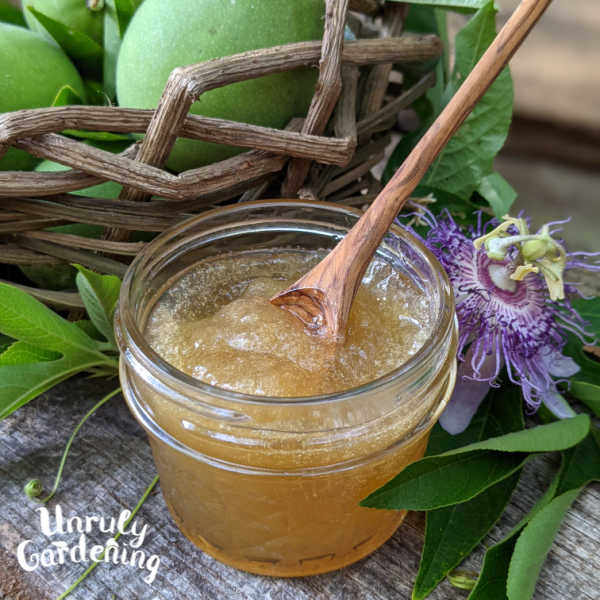
Maypop Jam
You can make a delicious jam using fresh or frozen maypop pulp! Light, tangy, and tropical, it’s a delight for the tongue, especially in those winter months, when you’re craving a hint of summer and sunshine!
Learn how to make that in our article:
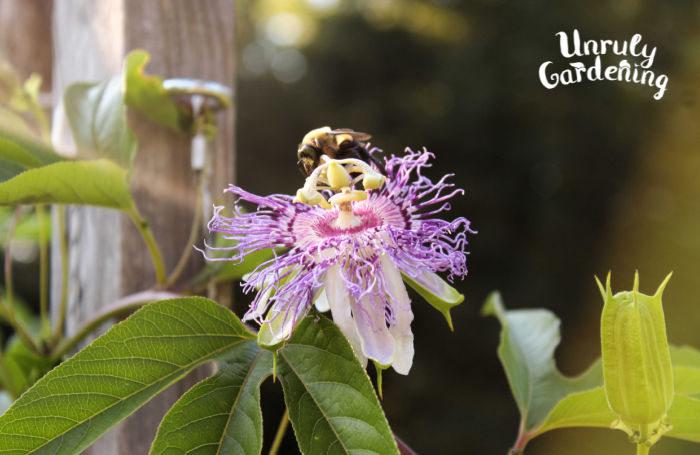
References & Further Reading
Cech, Richo. Making Plant Medicine. Williams, OR: Horizon Herbs, 2000. Print.
Ngan, A. & R. Conduit. A double-blind, placebo-controlled investigation of the effects of Passiflora incarnata (passionflower) herbal tea on subjective sleep quality. Phytotherapy Research; 2011 Aug;25(8): 1153-9. doi: 10.1002/ptr.3400. Epub 2011 Feb 3.
Our articles are for information and idea-sharing only. While we aim for 100% accuracy, it is solely up to the reader to provide proper identification. Be sure to seek out local foraging classes and plant walks, and invest in foraging guides suitable for the area you live in, since some wild foods may have adverse effect.

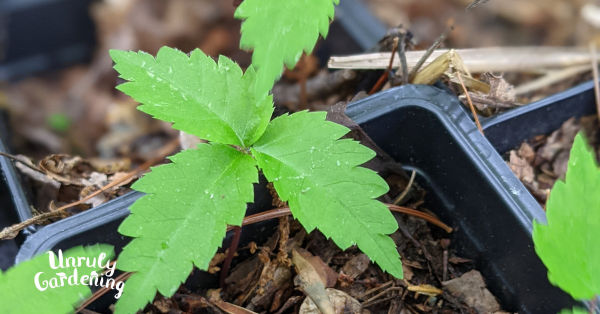
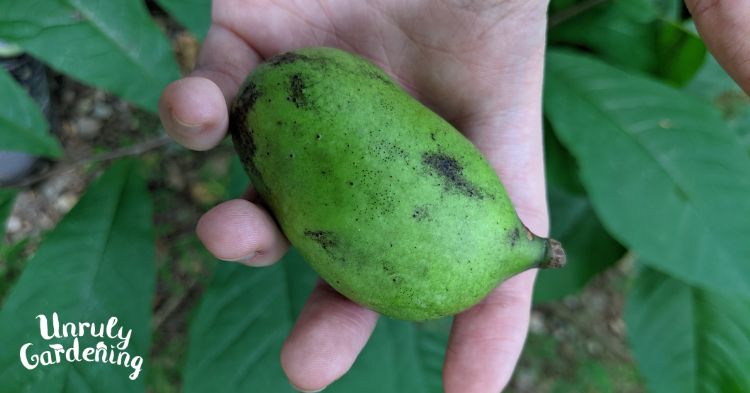
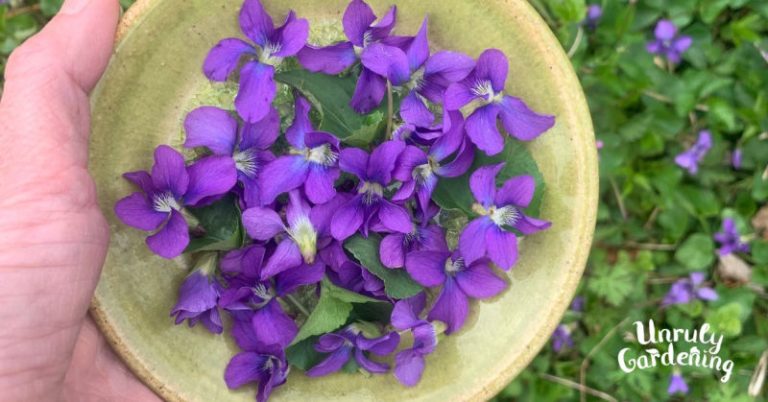
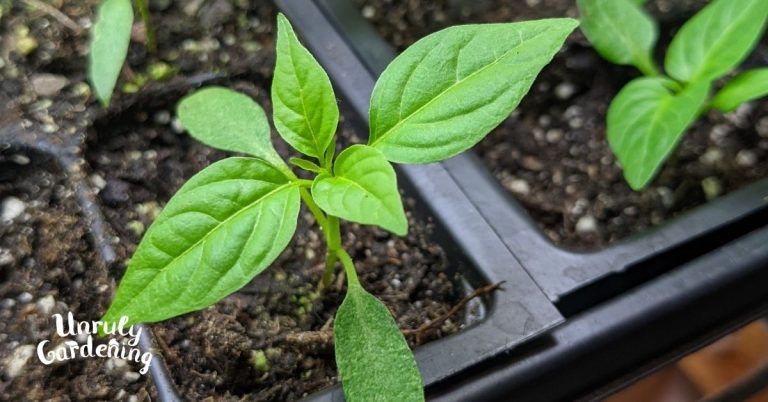
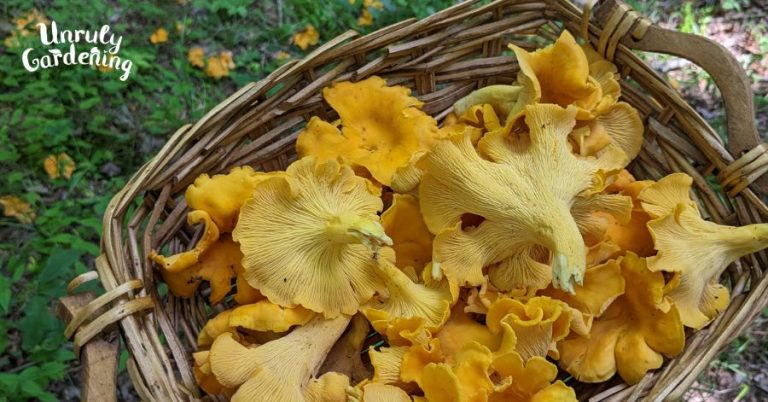
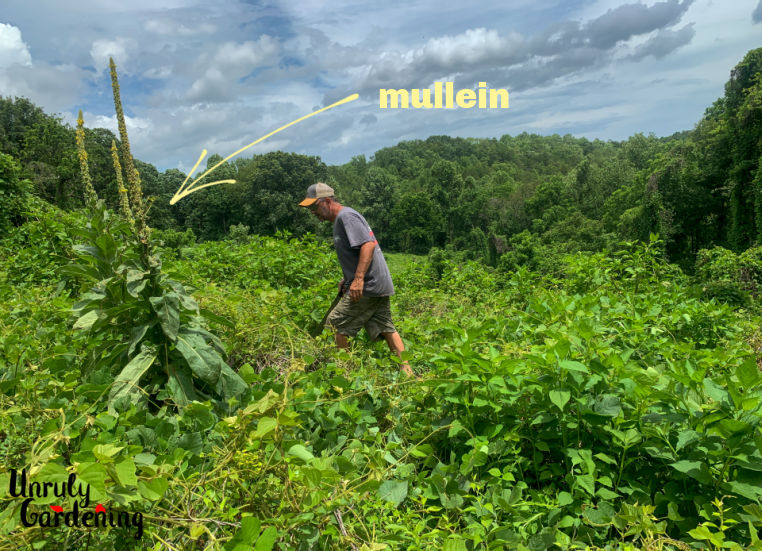
Thank you so much! We have volunteers this year and we have been trying to grow Maypops for many years without success…we will take the native ones. Those and paw-paws…heaven sent down here in the south!
Hi Marc, How wonderful to have volunteer Maypops!
I agree; paw-paws and maypops are two of the best fruits around!
Thanks for the article and information!! I always enjoyed these as a kid but so many people haven’t tried them or haven’t had them since they were kids. I have two established vines here in south Louisiana. Lots of little ones coming up in the yard that I plan to transplant and share at the local farmer’s market.
Hi Jeff, So glad you enjoyed the article! That’s awesome that you have lots of little maypop plants to share at your farmer’s market!